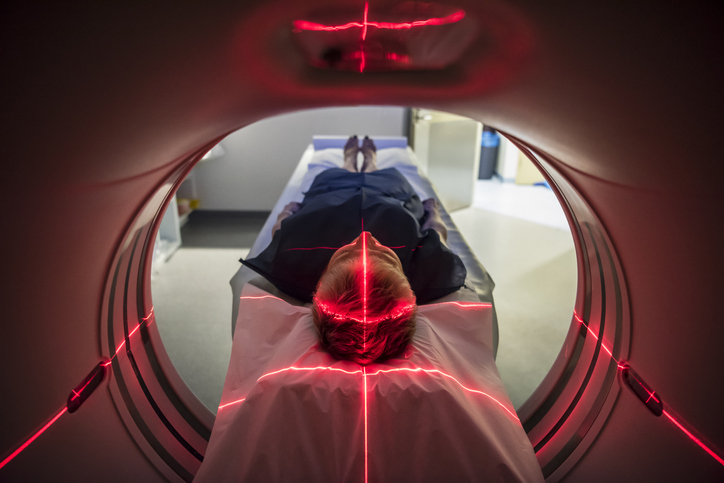Treatments
Advocating for Postsurgical Pain Management

Surgical procedures typically involve some type of postsurgical pain. Effective pain control is essential to ensure comfort, expedite recovery, and reduce the risk of complications following surgery. When pain is at a manageable level, an individual is more likely to engage in healing activities, such as breathing exercises and physical therapy.
Advocating for postsurgical pain management
Postsurgical pain control requires a multidisciplinary approach; anesthesiologists, surgeons, pain management specialists, and individuals undergoing surgery should work together to develop and implement a plan to successfully manage postoperative pain. This is especially true for individuals with chronic pain conditions.
If pain is not adequately controlled after surgery, individuals may need to advocate for themselves to receive the care and resources they need to manage their pain. Self-advocacy for pain management starts with good communication between the individual and their medical team. Consistent, clear communication about pain levels after surgery is imperative for effective pain control. Individuals should not be afraid to voice their concerns if their pain is not adequately managed.
If an individual struggles to receive adequate treatment for their pain or feels misunderstood by their health care team, a health care advocate may be needed. Health care advocates can help individuals defend their rights, protect them against inadequate health care, provide support, and contribute to health care decision-making. This includes advocating for effective pain management after a surgical procedure.
Types of postsurgical pain management
Various types of pain control treatment options are available following surgery, including intravenous patient-controlled analgesia, patient-controlled epidural analgesia, nerve blocks, opioid pain medications, and non-opioid analgesics.
- Intravenous patient-controlled analgesia
Patient-controlled analgesia (PCA) involves the use of a computerized pump to deliver small amounts of pain medicine into an intravenous (IV) line. It is programmed to release a specific dose of medication; therefore, overmedicating is not an issue. - Patient-controlled epidural analgesia
Patient-controlled epidural analgesia is similar to intravenous PCA, but rather than pain medication being delivered via an IV, it is delivered through an epidural catheter that is placed in the back. Pain medication is delivered through the catheter. - Nerve blocks
A nerve block helps control pain that is isolated to a specific area of the body. Nerve blocks can reduce the amount of opioid medications that are needed to control pain. In some cases, nerve blocks are used as the main anesthetic during surgery, which not only provides pain relief during surgery but after surgery as well. - Opioid pain medications
Opioids have been a standard of care for treating postsurgical pain for decades. Taking prescription pain medications as directed is an essential component of postsurgical pain management. Pain is more difficult to control if allowed to escalate to severe levels.
Switching from one opioid to another may be recommended to better control pain and help reduce the risk of opioid dependency and tolerance. Although opioids have been a mainstay for postoperative pain control, they may not be sufficient to reduce pain in individuals with opioid tolerance. - Non-opioid analgesics and non-steroidal anti-inflammatory drugs (NSAIDs)
Non-opioid analgesic medications (e.g., acetaminophen) or non-steroidal anti-inflammatory drugs (e.g, ibuprofen, naproxen sodium, etc.) may be recommended to help control pain levels without the adverse side effects associated with opioids. It’s important to note that prior to taking any type of medication, speaking with a health care professional concerning side effects, risks, and interactions with other medications is recommended.
Additional source: American Society of Anesthesiologists















